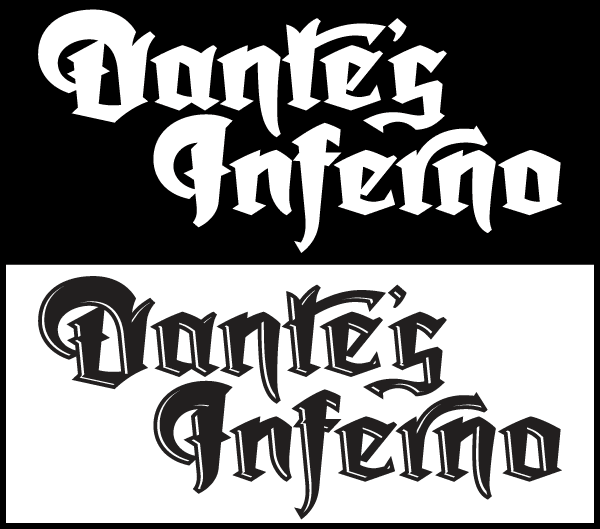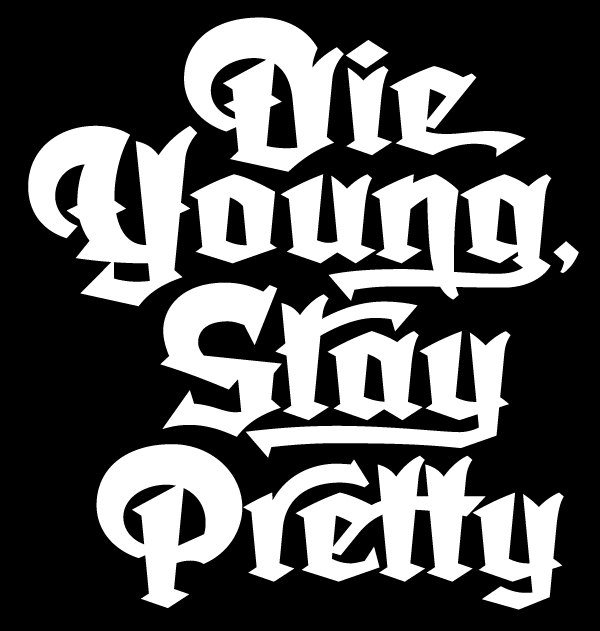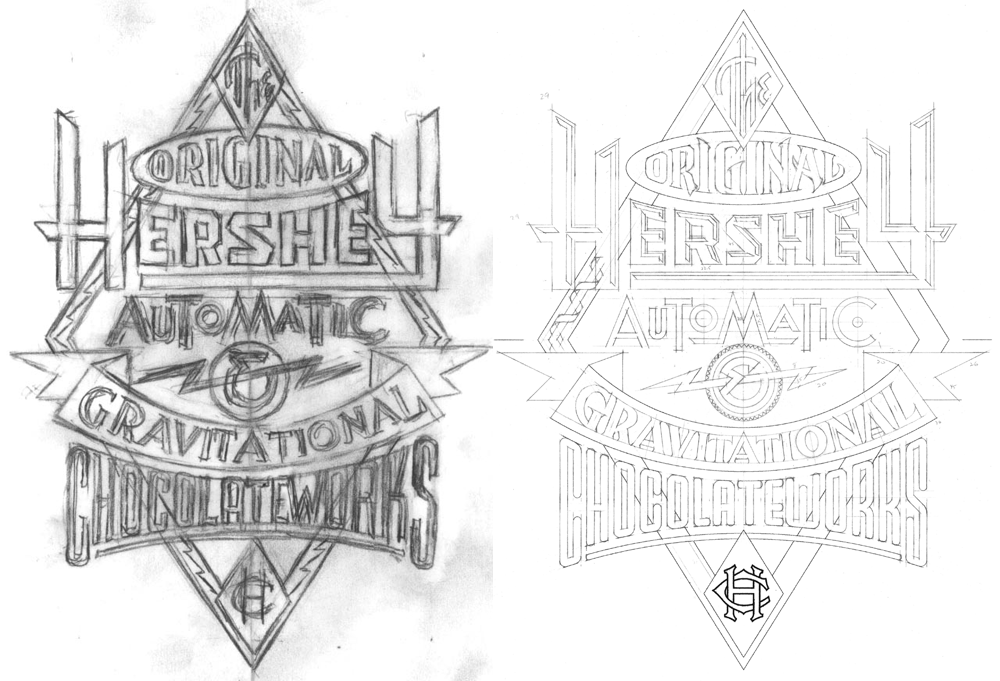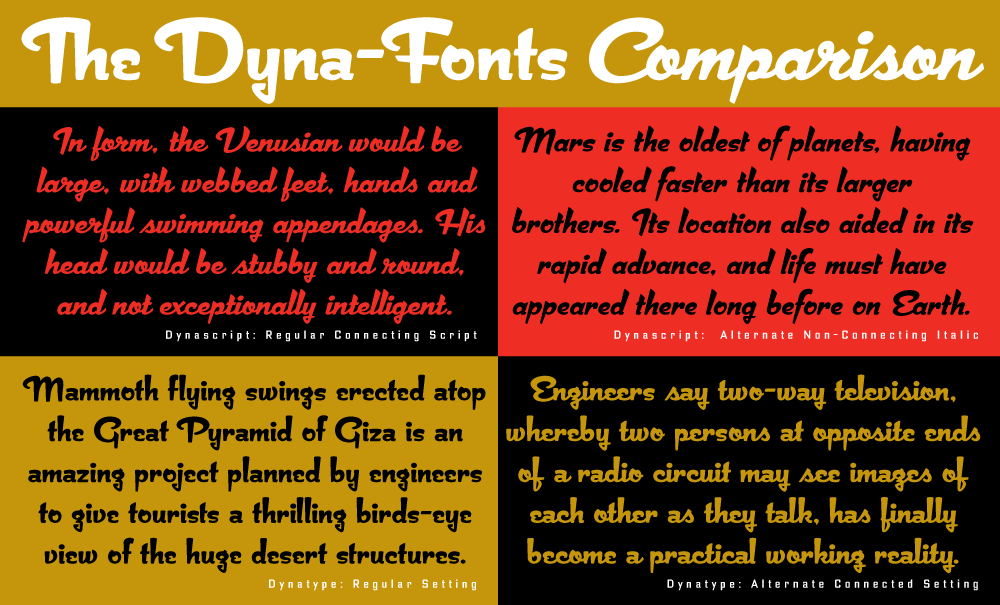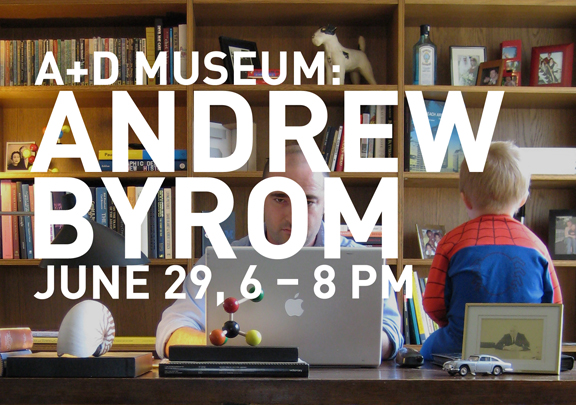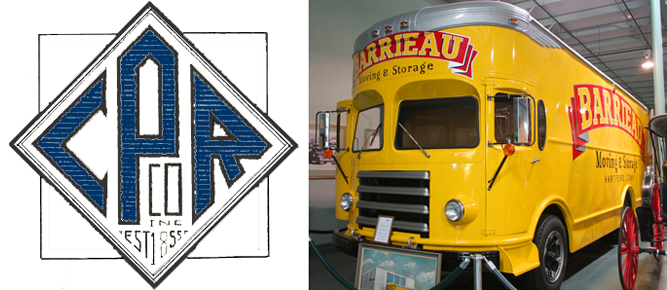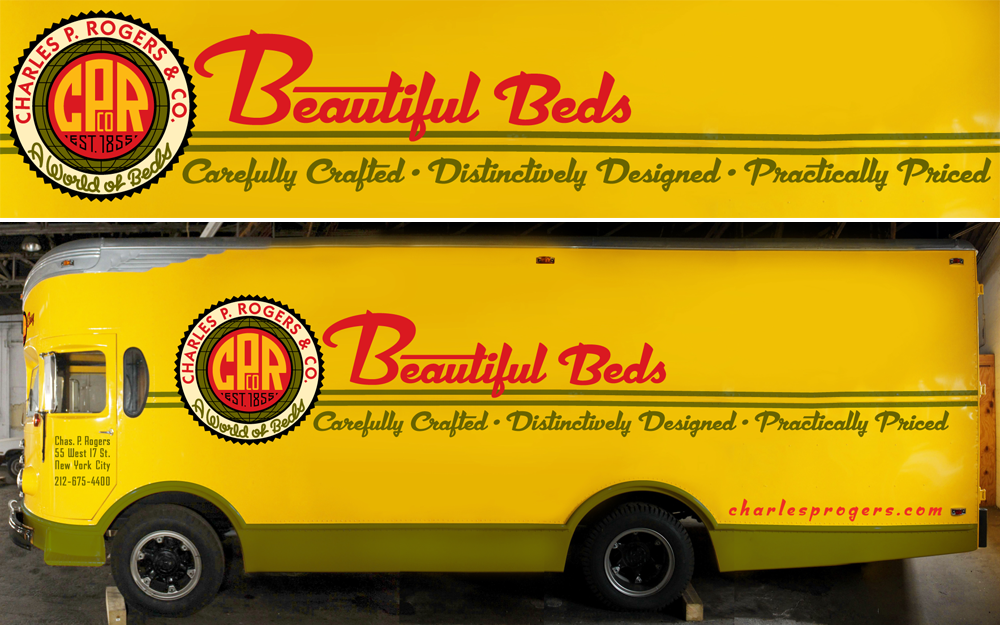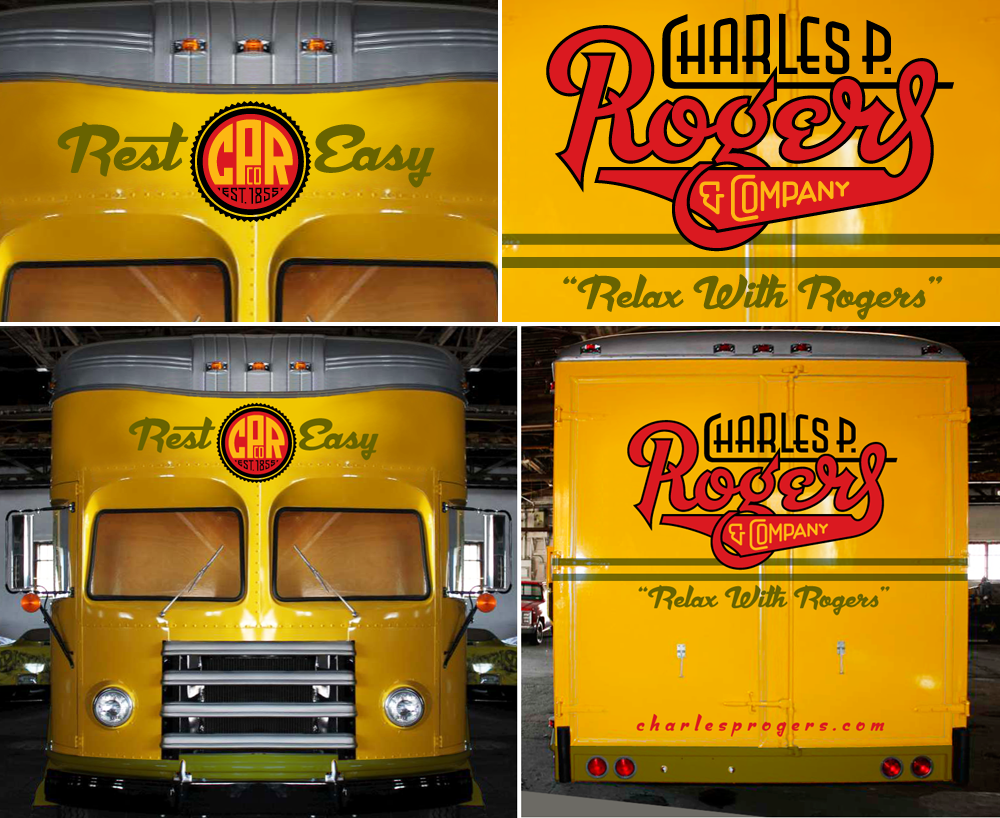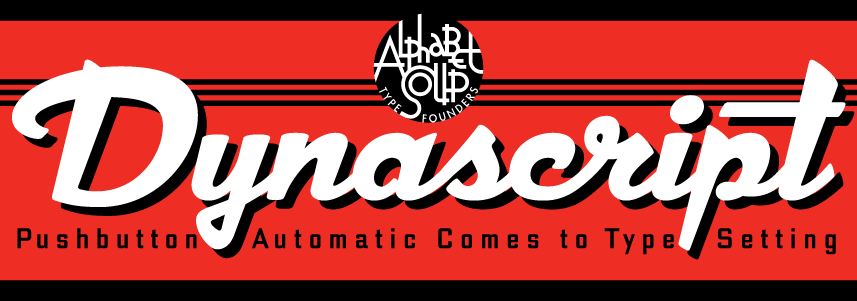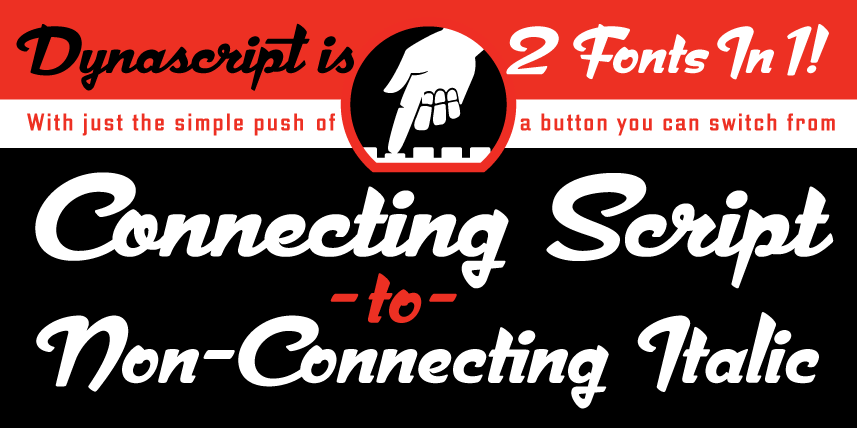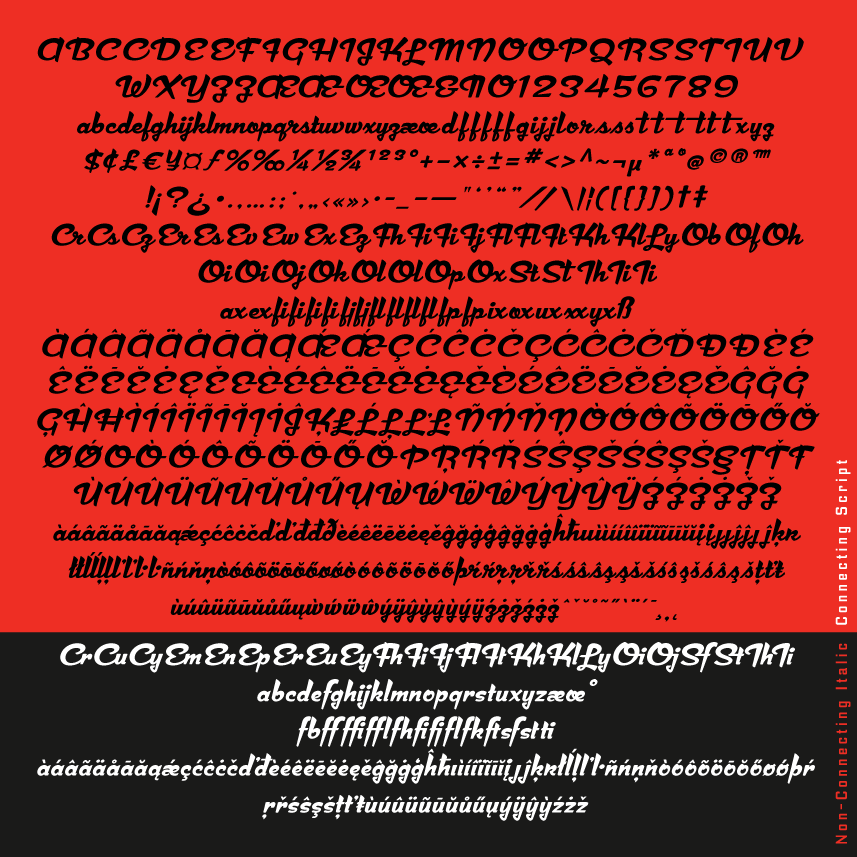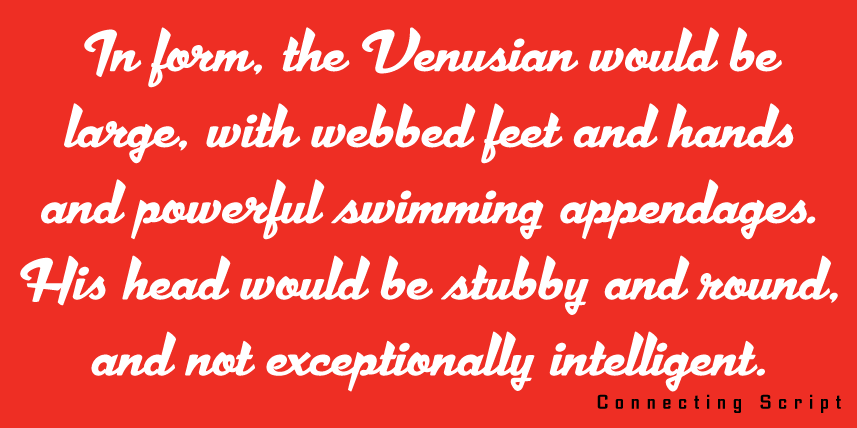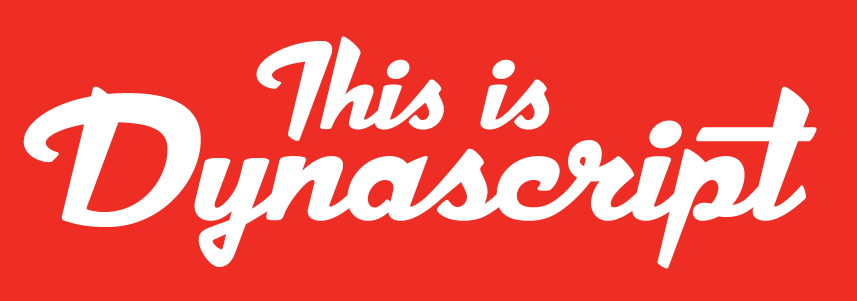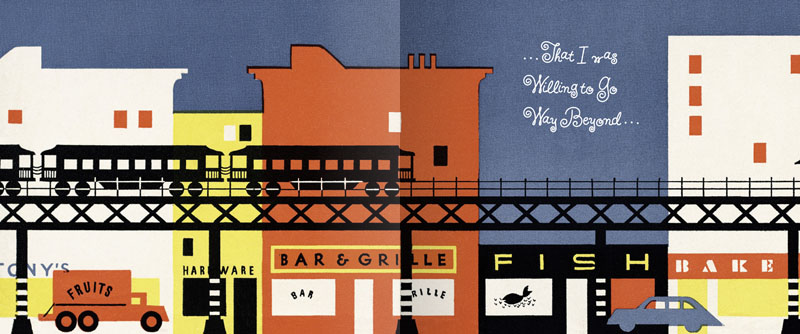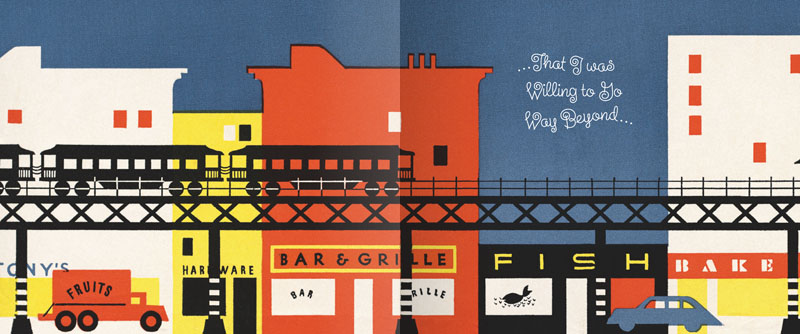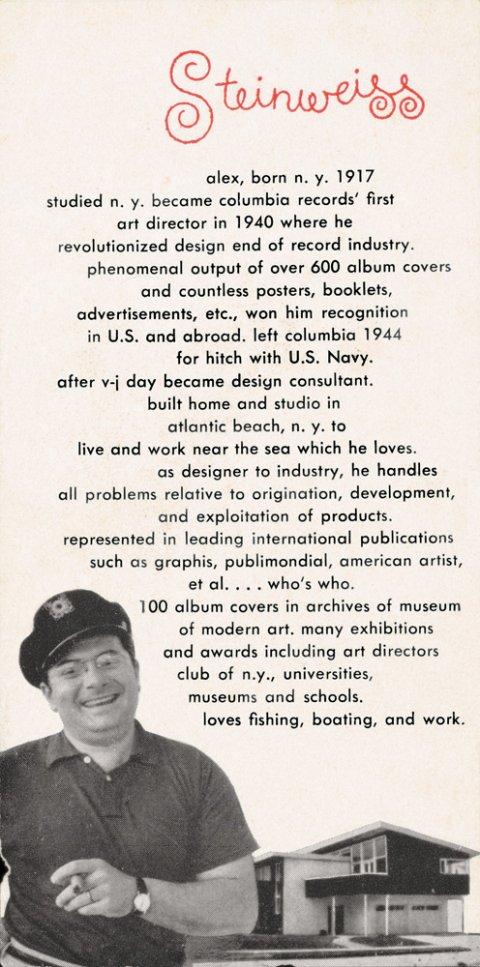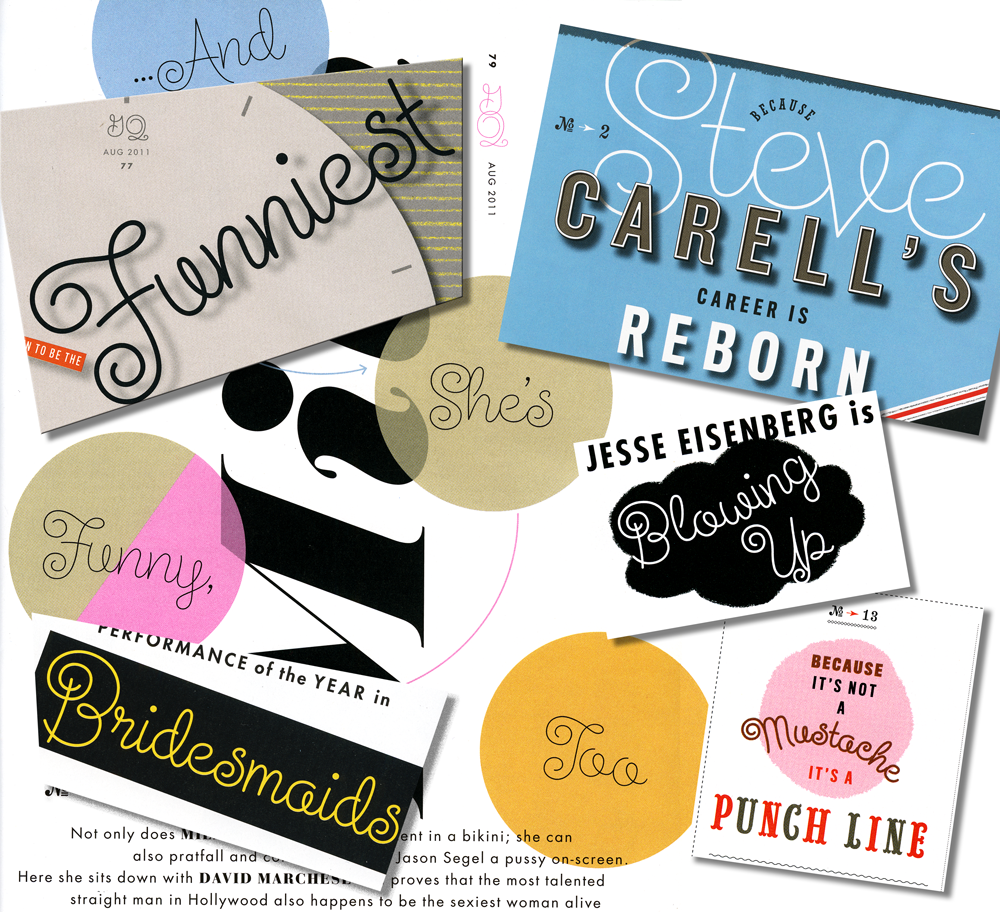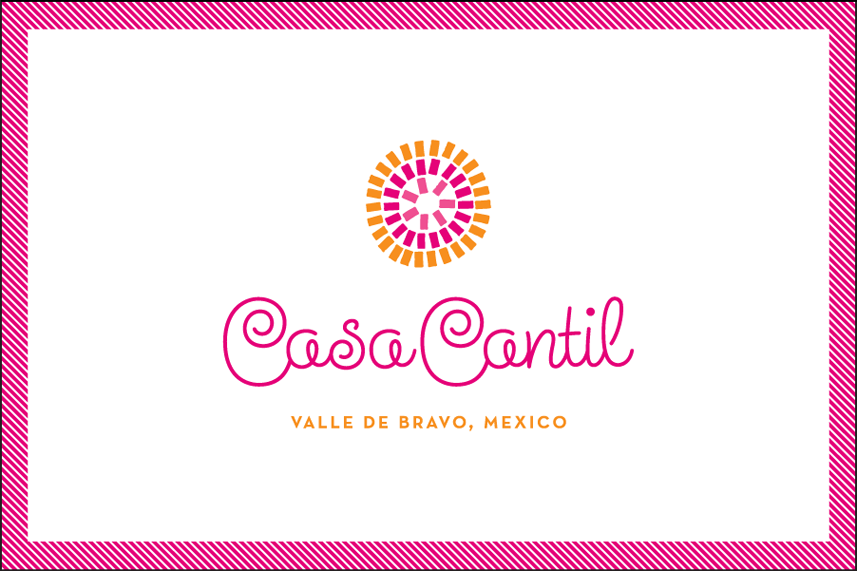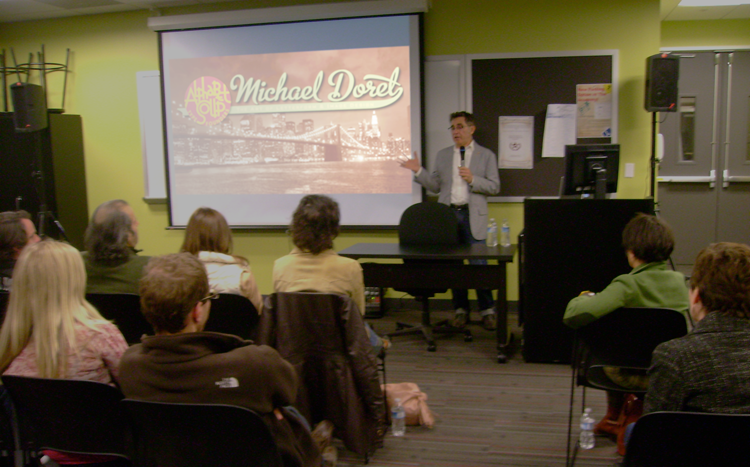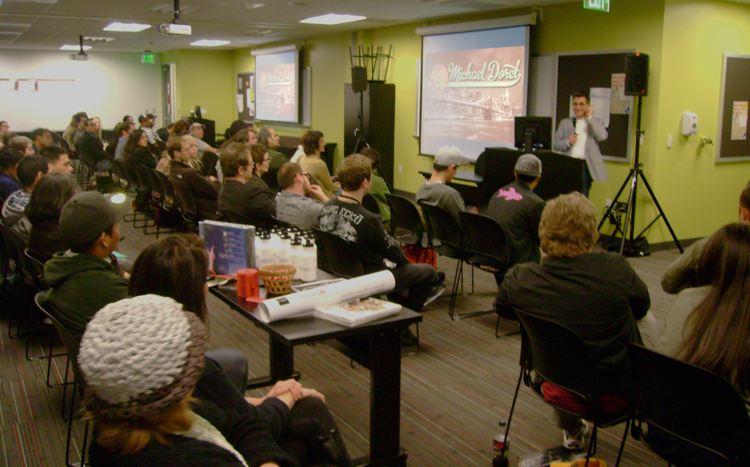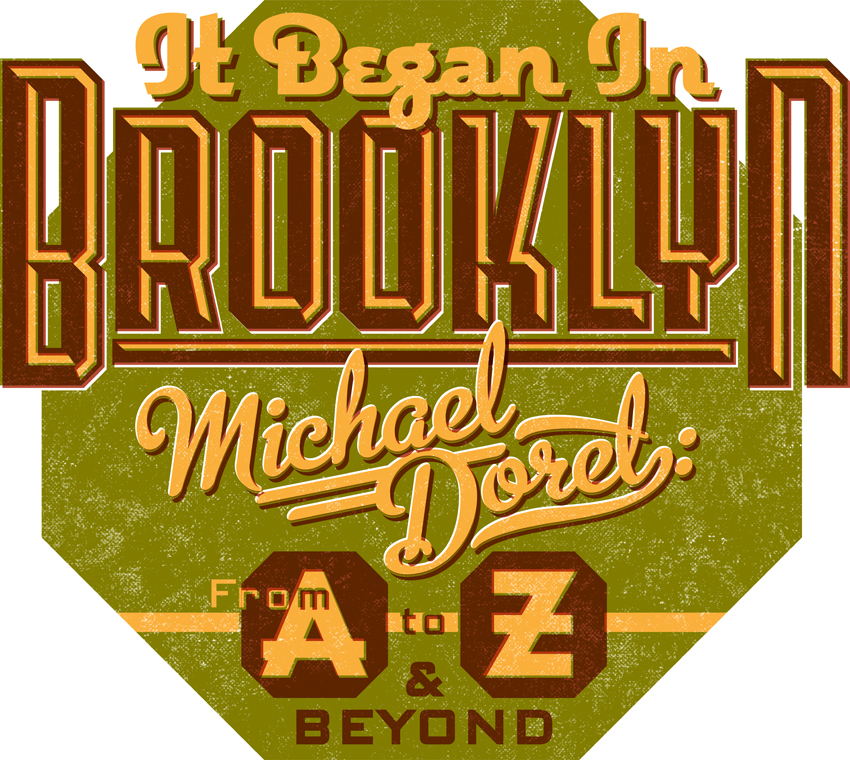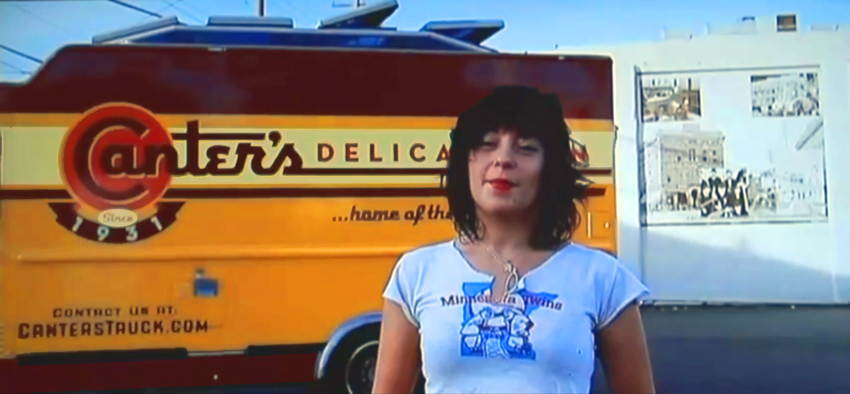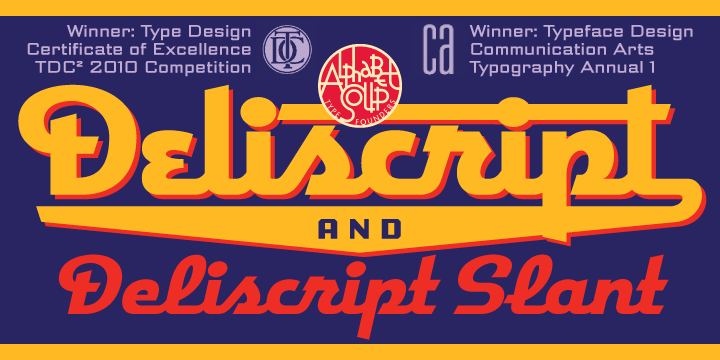 I have an aversion against taking the easy road. These days many font designers create their designs by referencing designs from the past. Make no mistake—there’s a goldmine of vintage designs out there waiting to be rediscovered. But there are a few of us font designers still left who want to create something that’s not been seen before . . . but that’s not that easy to do. Most of my fonts (with the exception of Steinweiss Script and DeLuxe Gothic) are completely new inventions.
I have an aversion against taking the easy road. These days many font designers create their designs by referencing designs from the past. Make no mistake—there’s a goldmine of vintage designs out there waiting to be rediscovered. But there are a few of us font designers still left who want to create something that’s not been seen before . . . but that’s not that easy to do. Most of my fonts (with the exception of Steinweiss Script and DeLuxe Gothic) are completely new inventions.
I’ve been working on the font design shown here for the better part of a year—ever since I completed the Dyna-Fonts. The beginings of this font can be traced back to a project I worked on many years ago: a logo I was asked to design for the Califonia Angels baseball team. The work I did for them never saw the light of day, but I always had a soft spot in my heart for one of the logo designs I developed. The letterform portion of my design was comprised of what I called a sort of “blackletter/hybrid”. So I took the basis of that design and expanded it into a full working typeface design. Its working title is currently “Dark Angel”, derived from the project it had originated from.
My intention is that this font be more versatile and more legible than most other blackletter fonts. It’s going to have many, many ligatures, alternates, and letters with tails, and free-floating swashes, giving designers many opportunities to create one-of-a-kind graphics and titling.
It will also come in two versions: a regular solid version and an “underlit” version with a sort of hand-tooled effect.
By the way, did you notice that there are virtually no verticals and no horizontals in this font? I would not have been able to execute this design as you see it without the incredible vector plug-ins from Astute Graphics—particularly VectorScribe. These plug-ins have definitely filled many of the gaps I found in Adobe Illustrator, making it possible for me to do many things that I wouldn't have attempted without them.
This font is currently in its final stages of programming and production, with a tentative projected release date of June or July 2013. The name “Dark Angel” isn’t yet set in stone, and I’d like to consider other suggestions for the name. If I end up using the name you've come up with for this font, you will be the first to receive a complimentary copy of it as soon as its released.
To send a name suggestion for this font, or if you’d like to be notified when the font is released, please drop me an email and I’ll put you on my list to notify.


